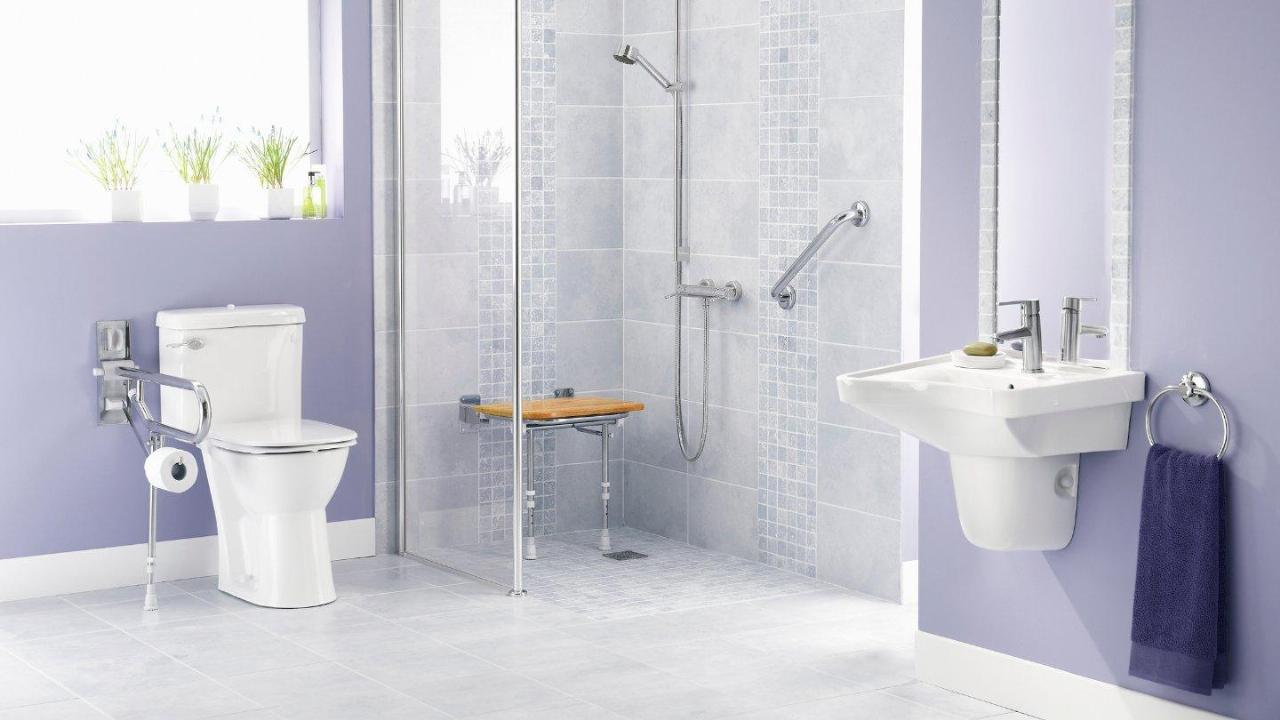Creating an accessible home is about more than adding ramps or wider doors. It’s about enabling independence, safety and comfort. Every adaptation should reflect the individual’s specific needs and lifestyle. A well-adapted space supports autonomy and promotes dignity in everyday living.
Designing for Function and Accessibility
Adapting a home starts with evaluating daily routines and identifying physical or sensory barriers. From entryways to kitchens, thoughtful design can improve navigation, simplify tasks and enhance safety. The goal is to reduce dependence and encourage self-sufficiency in a respectful, non-intrusive way.
Modifying Key Living Areas
Entrances should offer level access where possible, with threshold ramps or automatic doors if needed. In bathrooms, walk-in showers with fold-down seats and thermostatic mixers improve both safety and comfort. Wall-mounted basins with knee clearance allow wheelchair users to wash independently. In the kitchen, appliances with accessible controls, pull-out shelves and touch-operated taps increase usability. For homes with space constraints, modular and adaptable fixtures from providers like Casa Jedo offer practical solutions without compromising aesthetics. Living rooms should maintain open circulation zones of at least 90 cm wide to accommodate walking aids or wheelchairs easily.
Adjusting Furniture and Layout
Furniture layout must allow for seamless, unobstructed movement. Avoid sharp corners or low furniture that may hinder mobility. Beds should be adjustable in height and fitted with rails if necessary. Firm, supportive chairs with ergonomic armrests can assist with sitting and standing. Tables should have clearance underneath to accommodate wheelchairs, with sturdy surfaces that don’t shift under pressure. Storage should be placed within easy reach, ideally between knee and shoulder height, to reduce the need for stretching. Adjustable furniture systems and mobile shelving offer flexibility as needs evolve over time.
Creating a Safe and Supportive Environment
Safety is central to any accessible home. A well-designed space prevents accidents, increases confidence and supports a calm, predictable environment. Lighting, flooring and layout choices should be made with clarity, visibility and ease of movement in mind.

Flooring, Lighting and Visibility
Non-slip, even flooring is essential in all areas. Carpets should be low-pile and firmly fixed to avoid bunching or slipping. Vinyl or rubber flooring provides grip and is easier to clean. Transitions between different floor types should be smooth and well-marked. Lighting should include ceiling lights, wall-mounted task lighting and floor-level illumination for night-time navigation. Sensor-based lights in hallways and bathrooms reduce falls and improve comfort during the night. Use contrasting colours for walls, furniture and floors to support people with low vision or cognitive impairments in identifying edges and paths clearly.
Technology and Assistive Devices
Technology plays a growing role in enhancing accessibility at home. Voice-activated systems allow control of lighting, heating and door locks without physical effort. Tablets or wall-mounted control panels provide easy access to home systems for those with limited mobility. Stairlifts or through-floor lifts can provide access to upper floors, while hoists support safe transfers between bed, chair and bathroom. Simple tools such as grabbers, talking timers, and one-touch can openers reduce the strain of routine tasks. Every device chosen should match the user’s physical capabilities and be intuitive enough for daily use without confusion or discomfort.
How to Adapt Your Home to Accommodate a Person With a Disability
Creating a truly accessible home means recognising that needs can change. Adaptations should be future-proofed where possible, with room for flexibility and adjustment. A well-designed space can evolve alongside the individual and continue to meet their goals.
Involving the Person in Planning
The most successful home adaptations are those developed with the full participation of the individual concerned. Understanding their routines, preferences and priorities ensures the changes are meaningful and respectful. This might involve selecting specific equipment, choosing colour schemes, or deciding how and where assistive tools are integrated. Involving the user fosters ownership of the space and supports psychological well-being. It also builds trust in the adaptation process and reduces the chance of expensive changes needing to be undone later.
Balancing Style and Function
An accessible home doesn’t have to feel clinical. Design features can be both beautiful and functional. For example, grab rails can be chosen in brushed metal or timber finishes to complement the décor. Open shelving with soft lighting can highlight photos or books while offering accessible storage. Sliding doors with soft-close systems are easier to manage and give a clean, modern look. Warm colours, natural materials and personal touches make a home feel lived-in and welcoming while still meeting practical needs. A well-balanced home supports the spirit as well as the body.
Adapting a home for someone with a disability is a practical and compassionate step. It enhances safety while supporting independence and quality of life. Every change made with care brings comfort, freedom and dignity into focus—making the home a true place of belonging.

